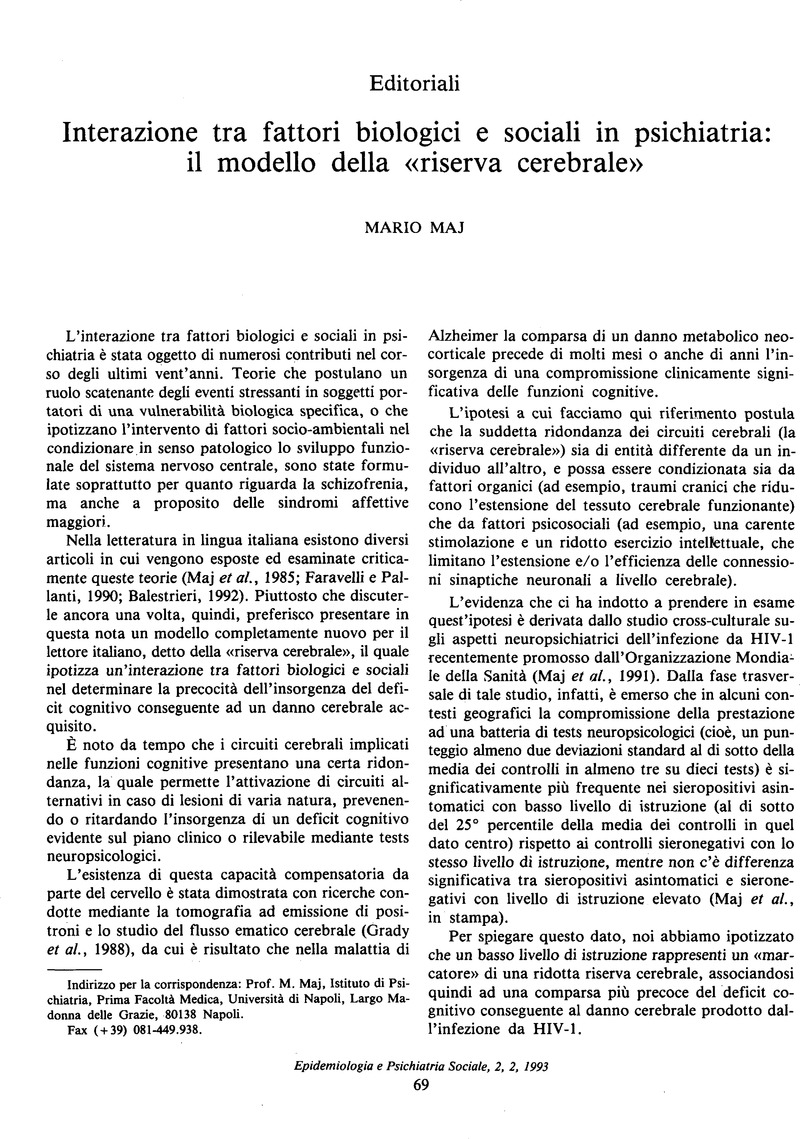Mortimer, J. A., van
Duijn, C. M.,
Chandra, V.,
Fratiglioni, L.,
Graves, A. B.,
Heyman, A.,
Jorm, A. F.,
Kokmen, E.,
Rocca, W. A.,
Shalat, S. L.,
Soininen, H. &
Hofman, A. (
1991). Head trauma as a risk factor for Alzheimer's disease: a collaborative re-analysis of case-control studies.
International Journal of Epidemiology 20,
S28–S35.
CrossRefGoogle Scholar 